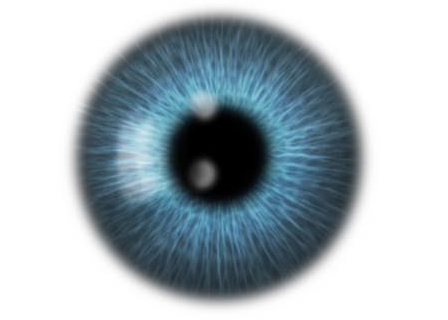
Are you a .45? Perhaps a -5, or even a +2 – we are of course talking about your eye prescription. If you’ve ever wondered what these numbers, and the accompanying abbreviation means, you’re in the right place. Welcome to our one stop guide to everything you wanted to know about the numbers and letters that describe your eyesight.
Be sure to check out our Facebook Live on this very topic too!
What is OD and OS v RE and LE
The first element is one of the simplest – this simply refers to which eye is being talked about. OD (from the latin Oculus Dexter) or RE all refer to right eye while the OS (from the latin Oculus Sinister) or LE mean your left eye.
There is also an OU option (referring to Oculus Uterque in latin) meaning both eyes…Simple right?!
The difference between being short and long-sighted
This is indicated by the sphere (SPH), the amount of lens power you need, prescribed to correct if you’re near or far-sighted. It’s also where the + or – comes from in your prescription. A minus sign is indicative of short-sightedness while a plus sign, or no sign, indicates you are long-sighted.
Why you may be more Cylinder (CYL) then sphere (SPH)
We’ve mentioned astigmatisms in previous blogs, slight defects in the eye that can change over time. If you do have a significant astigmatism it is very possible your lens requires a cylinder (CYL) adjustment.
This often works in the same way as a sphere prescription, complete with + or – to indicate short or long-sightedness. However, the numbers that accompany a cylinder, are based on the axis of your eye, 90 degrees for vertical and 180 for horizontal.
There are other elements that may be indicated in your prescription, including prisms, but this covers the key parts of what you can expect to find on your prescription – for more information about your eye prescription, or to book a same day appointment, contact us today.



